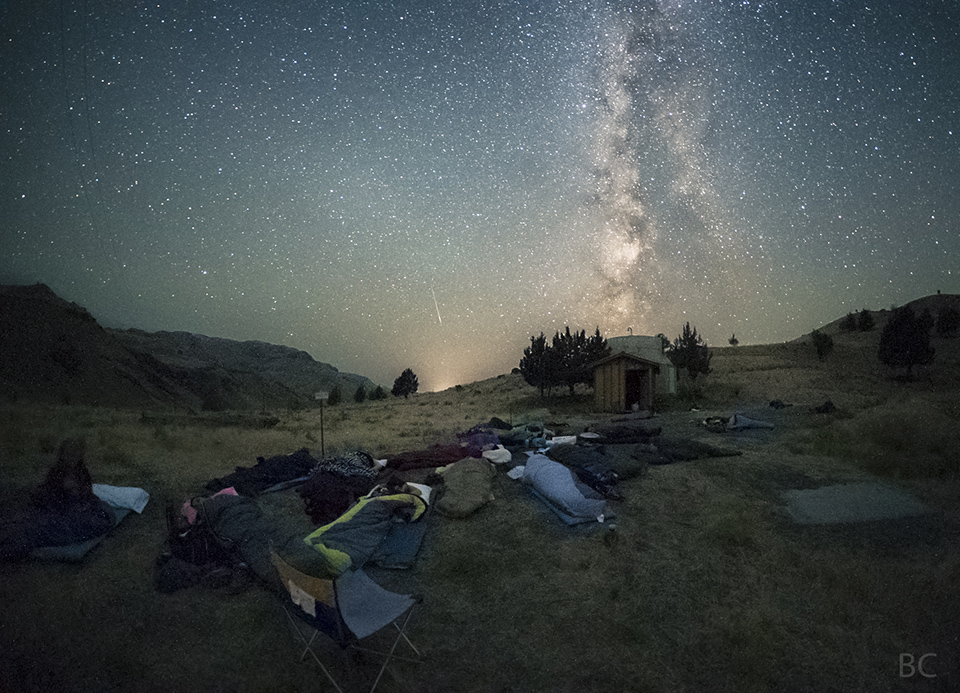interview by Isaac Peterson | featured photo by Ben Canales
The Oregon Star Party brought together 600 astronomers and 20 high-school students to watch the Perseid Meteor Shower on August 12, as a part of its Star Party series. Uncage the Soul Productions was there to capture the emotion of this astronomical experience. The video shows young minds encountering the vastness of space and searching for their own place in a limitless universe. We followed up with a conversation with Jim Todd, the Director of Space Science Education at OMSI, and this year’s director of the Star Party. Jim shared the science behind the experience, and told us why astronomy is an important part of our educational system.
Infinity ² from Uncage the Soul Productions
Why is astronomical education important for everyone?
Astronomical concepts and images have universal appeal, inspiring wonder and resonating uniquely with human questions about our nature and our place in the universe. We all know that kids love space science, so it makes sense for us to do what we can to help motivate children to learn through astronomy.
Many states suffer from extreme light pollution so that the stars aren’t always visible. What are we losing?
According to the International Dark-Sky Association, with much of the Earth’s population living under light-polluted skies, over lighting is an international concern. In the United States and Europe, ninety-nine percent of the public can’t experience a natural night. Fortunately, concern about light pollution is rising dramatically. A growing number of scientists, homeowners, environmental groups and civic leaders are taking action to restore the natural night. Each of us can implement practical solutions to combat light pollution locally, nationally and internationally.
Tell us about the Perseids. Can anyone see them, or do you need specialized equipment?
This year’s Perseid meteor shower was predicted to be at its best during the morning and evening of Friday, August 12th. Every year, Earth passes through debris paths left by comets as they hurtle past the Sun. The results of these intersections are called meteor showers when the tiny bits of debris burn up in Earth’s atmosphere. We see them as bright streaks across the night sky and name them “shooting stars,” intense streaks of light across the night sky.
Watching a meteor shower is easy! Choose an observing location which gives a wide view of the sky with as few obstructions as possible. If you’re viewing from the city, try to observe where artificial lights obstruct the least. Meteor watching is an unaided-eye event but binoculars are handy for watching trails (persistent trains) that may hang in the sky for one or more seconds after a meteor’s passage.
How does the Star Party inspire young learners?
It has been proven that students who engage in astronomy-related educational activities at a primary or secondary school are more likely to pursue careers in science and technology, and to keep up to date with scientific discoveries. This does not just benefit the field of astronomy, but reaches across other scientific areas. Astronomy is one of the few scientific fields that interacts directly with society.
What constellation should every Oregonian know about?
The Big Dipper is an asterism in the constellation Ursa Major, also called the Great Bear. One of the most familiar star shapes in the northern sky, it is also a useful navigation tool and serves as a pointer to other locations in the sky.









